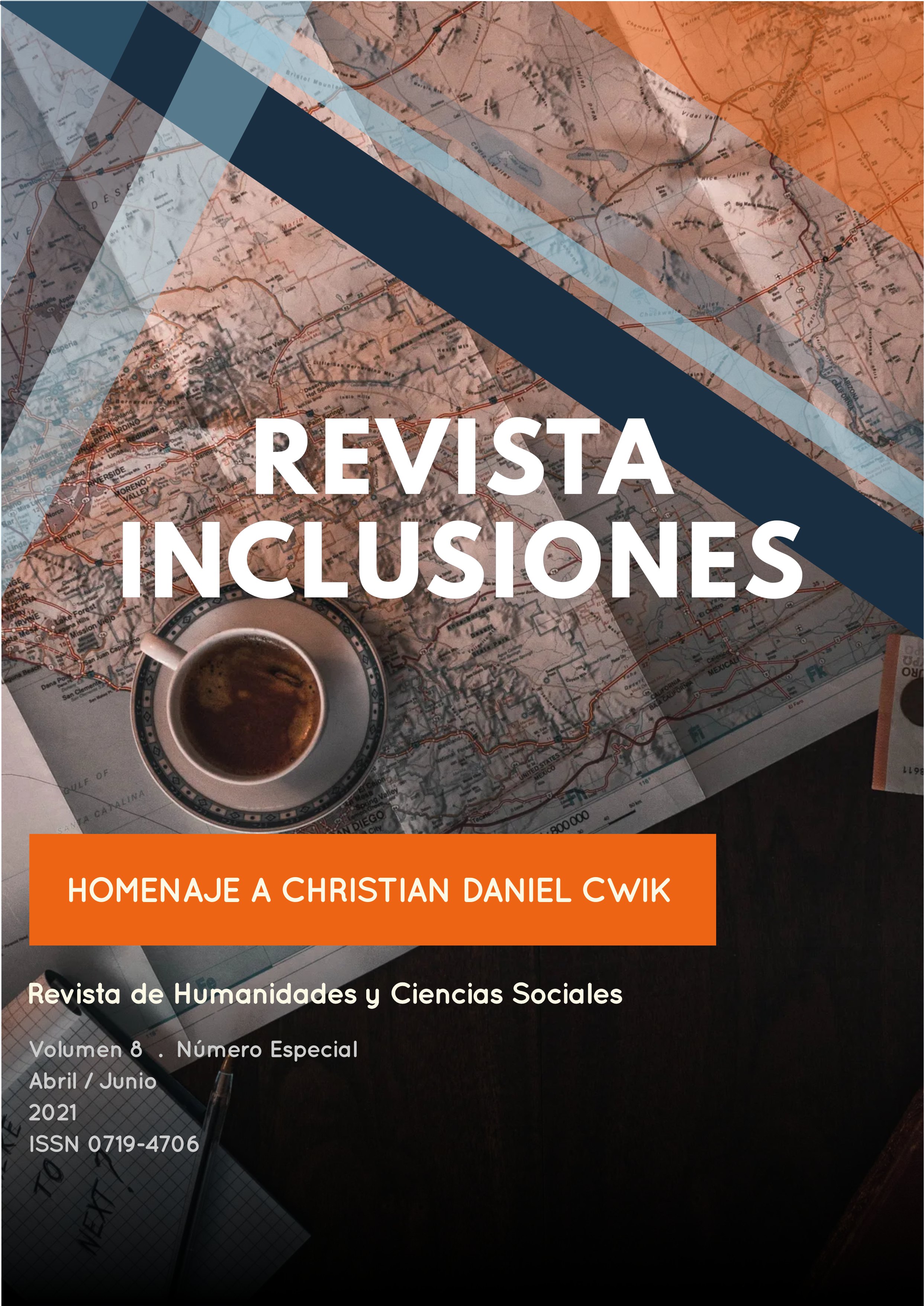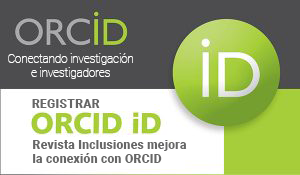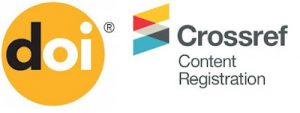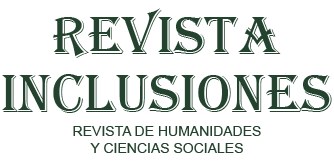DEVELOPMENT OF FUTURE TEACHERS’ MEDIA LITERACY: MODEL OF INTEGRATION OF MEDIA EDUCATION INTO ACADEMIC COURSES1
Resumen
The article highlights theoretical and practical aspects of the relevant contemporary issue of
development of future teachers’ media literacy. The definition of the concepts “media literacy”, “media
competence” is generalized, the factors actualizing media education are outlined. Media literacy is
seen as the ability to choose, use, critically analyze, evaluate, transmit and create media texts of
various genres, as well as knowledge about the functioning of the media, and its impact on society.
The structure of media literacy is substantiated, the components of which are four groups of skills: to
access, analyze, evaluate and create media texts. It is proved that media literacy is a component of
professional competence of a modern educator. Its formation takes place both in individual subjects
teaching (“Media Education”, “Media Didactics”, “Fundamentals of Media Literacy”) and in the process
of integrating media education into other subjects. The research demonstrates the model of
integration of media education into humanities courses. Effective methods, approaches and tools for
forming students’ media literacy are presented. Indicators and stages (motivational, theoretical,
practical, creative) of formation of media literacy of students-teachers are determined. Based on the
results of the conducted monitoring, it was found out which digital tools students can use, how the
indicators of the level of media literacy have changed during 4 years of study in the specialty “Primary
Education”. According to the study, most respondents before studying at the university used social
networks rather to communicate with friends, google search service for general information, YouTube
for viewing media content. During study process preferences have changed: students use search
services, YouTube much more frequently to access educational information, as well as materials for
self-development.
Descargas
Publicado
Versiones
- 04-03-2021 (2)
- 04-03-2021 (1)
Número
Sección
Licencia
Los autores retienen los derechos de autor y otorgan a Revista Inclusiones el derecho de publicación bajo Creative Commons Attribution 4.0 International (CC BY 4.0). Esto permite el uso, distribución y reproducción en cualquier medio, siempre que se otorgue la debida atribución al autor.











